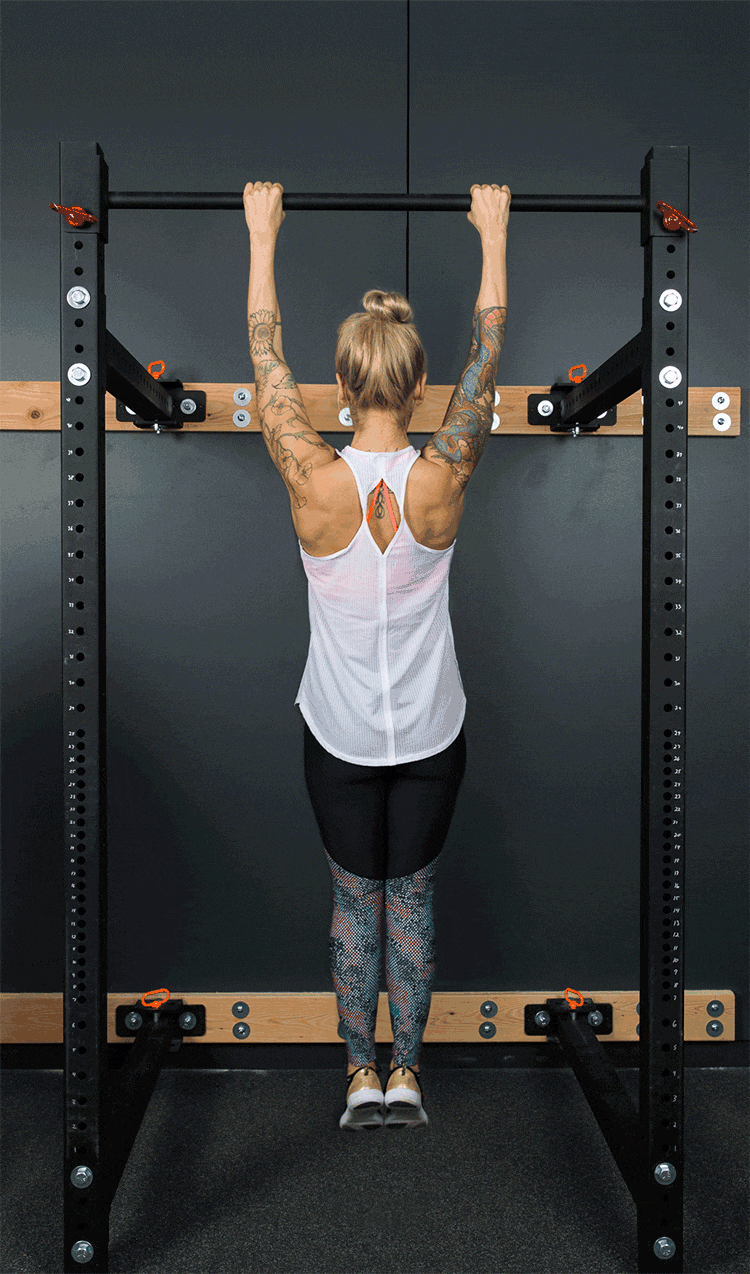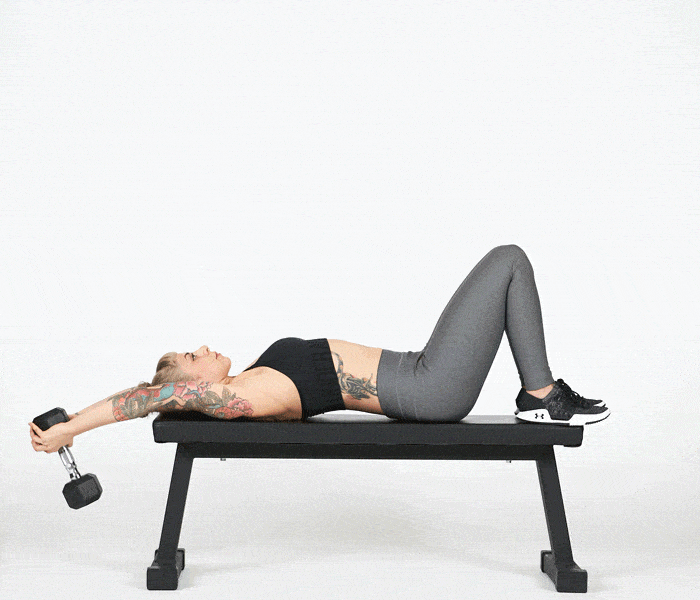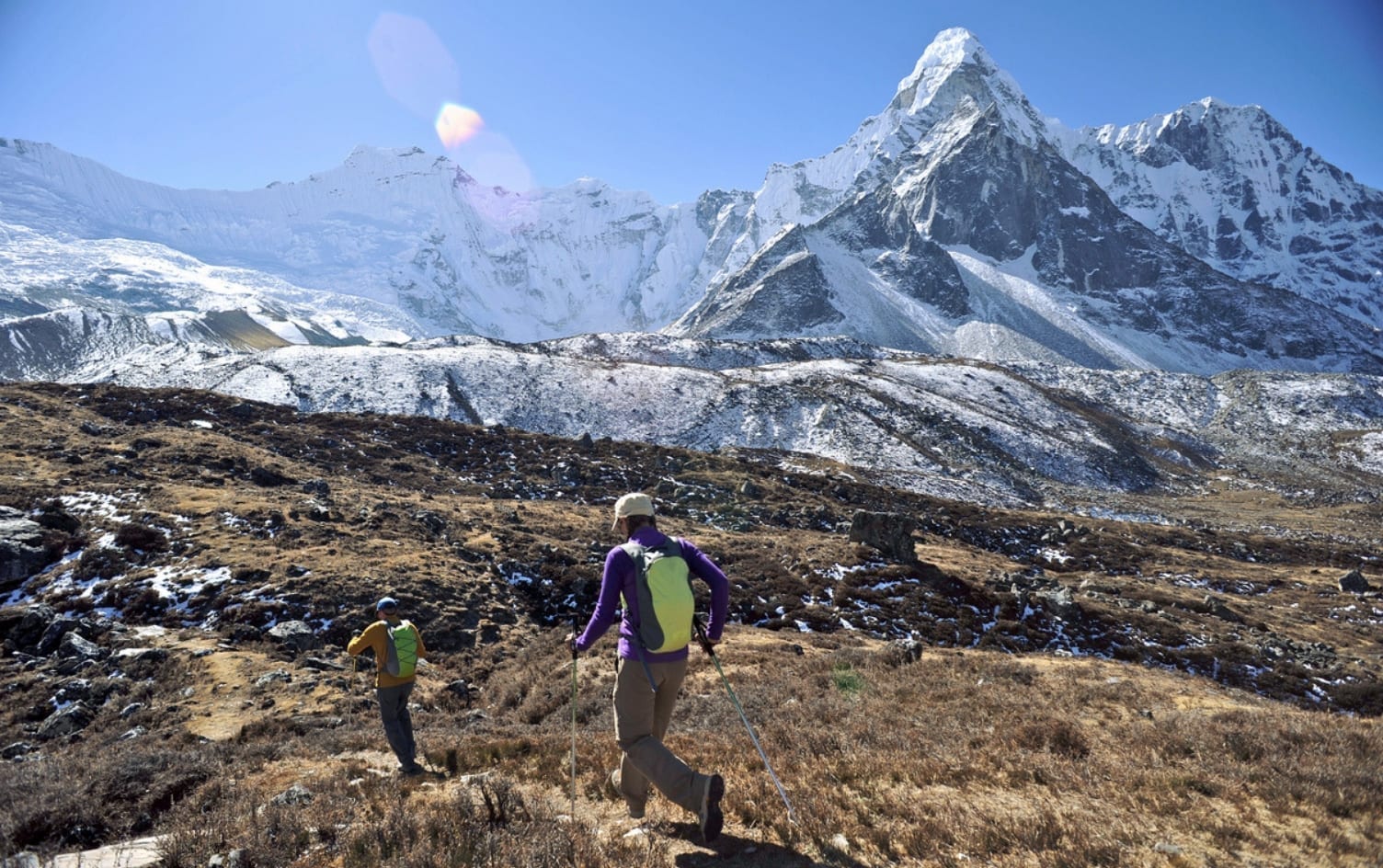A mountain is a metaphor for the obstacles you face in life. You struggle through your journey to the top but once you reach the summit and see the sprawling scenery around you, it’s all worth it. Before you embark on your next serious climb, take the time to prepare your body for the trials that await. Proper preparation allows you to enjoy the beautiful scenery you’re hiking through instead of sucking wind and stopping every five minutes.
Strengthen your grip so you can climb steep rock faces and hold onto natural anchors like small trees and branches. Work your legs so they’re strong enough to propel you forward under the weight of your pack. Increase your endurance so you’re not exhausted halfway through your hike.
This hiking workout can be performed 2–3 times per week. On the days you’re not in the gym doing this workout, you should be walking, running, cycling or swimming to build your endurance. Remember: Hiking is a long-duration activity, so you’ll need equal parts endurance and strength training to get ready. Endurance training also helps you lose weight, which makes you more efficient as you climb.
HOW IT WORKS
There are two circuits in the workout and each contains four exercises. During the circuit you’ll perform each exercise for 30 seconds. Rest for 30 seconds after each exercise until you reach the end of the circuit. Rest for 90 seconds at the end, then repeat the circuit for a total of three rounds.
CIRCUIT NUMBER 1
Prepare to carry some serious equipment with this strength-intensive circuit.
BARBELL BACK SQUAT

Set up a power rack with a barbell at shoulder-height. Grab the bar with your hands wider than shoulder-width apart and duck under the bar so it’s resting on your upper back. Stand up with the bar and step back away from the rack. With your feet slightly wider than shoulder-width apart, squat down as low as you can with your back flat. Then, stand back up.
FARMER CARRY

Start with two heavy dumbbells, one on each side. Squat down and pick them up. Walk slowly, maintaining an upright posture, for 30 seconds.
PULLUPS

Regular pullups help you build grip endurance and back strength for climbing. If you can’t do pullups for 30 seconds, don’t worry. Once you’re too tired to get your chin over the bar, you can simply hang and work on your grip endurance.
SLED PUSH OR DEADMILL
Load a sled with 45-pound plates and push it for 30 seconds. This works well on grass or artificial turf. If you don’t have a sled to push, you can do deadmills on a treadmill. With the power off, stand on the treadmill and lean forward with your hands on the front handles. Push the belt back with your legs, slowly increasing the speed of the belt manually.
CIRCUIT NUMBER 2
The second circuit uses the same principles, combining strength movements with high-intensity cardio exercises.
DUMBBELL PULLOVER

Lie on your back on a bench with one dumbbell facing vertically, resting on your chest. Grip the dumbbell at the top of the handle underneath the weight. Your thumbs and index fingers should be touching, forming a diamond which the weight rests in. Press the dumbbell into the air so it’s hovering above your chest. Your elbows can be slightly bent. Reach the dumbbell straight back over your head until your arms are parallel with the ground. Then, pull the weight back up until it’s over your chest. This exercise works your lats, which are the biggest muscle in your back. It’s helpful for climbing and pulling on objects like walking poles.
WALKING LUNGES

Mountainous terrain is hardly predictable. You may need to leap across rivers or over rocks carrying a heavy pack. Your legs need to be in tip-top shape to handle a full day of climbing. Squats and deadlifts are good for building strength, but single-leg exercises like walking lunges are more functional because you propel yourself forward one leg at a time.
Hold heavy kettlebells or dumbbells by your side, one in each hand, and take a big lunging step forward. Drop your back knee to the ground, then stand up by bringing your back foot up to your front foot. Lunge forward until you run out of room, then turn around and continue until time’s up.
PLANK

Carrying a heavy backpack all day takes a toll on your back and torso. The pack is constantly pulling you backward, meaning you have to lean forward to offset it. Planks help you build the abdominal endurance to hold yourself upright throughout your hike.
Get into a pushup position on the ground. Then, put your forearms on the ground so your elbows are directly under your shoulders. Your body should be in a straight line from your shoulders to your ankles. Hold this position until time is up. To make it harder, put a heavy sandbag or weighted plate on your lower back.
STAIR CLIMBS
If you live in an apartment building or work in a large corporate office, there’s no better training ground for your upcoming trek than the stairwell. It’s the closest thing you can get to climbing while staying indoors. Simply go up and down a staircase as many times as possible in 30 seconds. You can also load your pack with supplies or dumbbells and take it up the stairs with you.




